Limping along with a frustrating ankle injury, or even worse if it starts spreading over your foot. A mixture of damage to muscles, ligaments, tendons, joints or nerves around your ankle. Here’s a few conditions our practitioners are great at treating. There are different types of structures around your ankle, each one with it’s own set of signs and symptoms. First we must establish the extent of the damage to the tissue, then we know exactly what we’re dealing with. Most ankle injuries have more than one problem at the same time, the question is which one takes priority. Spreading pain over your ankle into your foot is more concerning than sharp stinging pain at a specific point. When nerves gets involved resolving the problem may take much longer.
Our years of practice has shown us that most ankle injuries are quite an easy fix, but sticking it in a boot or walking on crutches for a few weeks adversely causes it’s own set of problems. Muscle weakness, joint stiffness, poor circulation to mention a few. Understanding the scope of the problem directly impacts recovery and healing time, the faster you know what you’re dealing with, the faster you’ll be able to walk pain-free again.
Here’s our catalogue of articles describing how our practitioners approach ankle and foot injuries. Keep in mind that most ankle conditions involves a combination of damage to different structures at the same time. Neglecting these ‘less obvious’ tissue damage usually causes delayed healing or even poor recovery. When diagnosing ankle pain, we determine the hierarchy of priority and focus our treatment on that.
Foot and Ankle injuries we treat
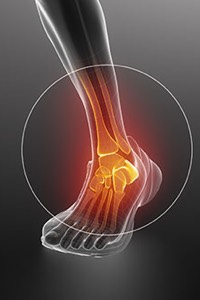
The foot is a highly detailed and intricate part of the body, with close relationships between the many bones, ligaments, tendons and other soft tissues. A problem in one area of the foot can quickly lead to problems not only elsewhere in the foot, but also the knee, hip and lower back. We don’t simply treat the symptoms, our goal is to identify, address and correct the underlying cause of the problem to get you back on your feet as soon as possible.
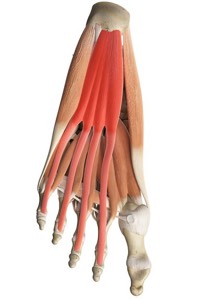
Plantar Fasciitis is inflammation of connective tissue in the sole of your arch of your foot. It’s curable and treatable, but there’s a few things you need to know before you go rolling your foot on an ice bottle. Understanding the triggers and causes can significantly improve your healing time. We provide Plantar Fasciitis treatment that works. Read this article to know Plantar Fascia’s function and how it relates to foot pain.

Achilles tendonitis refers to the inflammation of the Achilles tendon when injured. Achilles tendinopathy describes the pathology when tendinitis is neglected and becomes chronic. This article explains the pathology of Achilles tendon pain, the difference between Achilles tendonitis and tendinopathy and the treatment that you can expect at Cilliers & Swart Physiotherapy to recover from your Achilles injury.
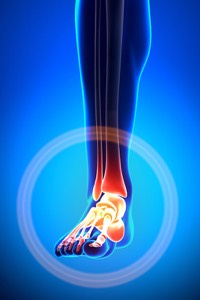
Most ankle injuries occur from twisting or turning while your weight is on your foot. This causes an ankle sprain. An ankle sprain involves torn ligaments and tendons. The tear can be small or so severe it causes bleeding in the ankle joint. Damage to any of the underlying structures in your ankle (e.g. muscles, tendons or joints) can cause pain. Read this article to learn more about the different structures in the ankle.
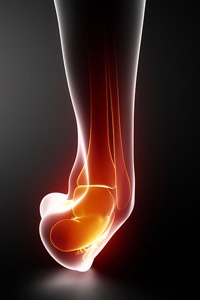
An Ankle sprain is where one or more of the ankle ligaments are injured. As much as 85% of ankle sprains are lateral ankle sprain – where one of the three outside ligaments of the ankle is partially or completely torn. Although a common, poor rehabilitation can result in a chronically painful ankle, with reduced function and a high rate of re-injury.
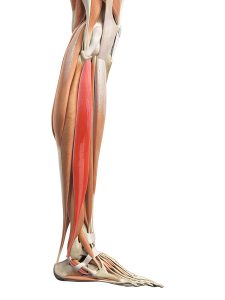
Peroneal tendonitis is inflammation around the peroneus longus tendon and the peroneal brevis tendon causing peroneal tendon pain. Peroneal tendonitis leads to instability and pain of the outer ankle that can massively influence your ability to jog, jump, land and move in general.
Get the help you really need
Medical professionals that care about you

Also known as heel bursitis, calcaneal bursitis is a common cause of heel pain either at the back of or just underneath your heel bone (calcaneus). Under normal circumstances the bursa can handle pressure and stretching, but if it’s swollen and inflamed even a tiny tap on your heel can cause excruciating pain.
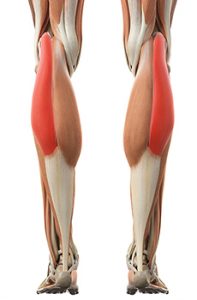
You’re really not sure if you have strained your Achilles tendon or if you have torn it completely, but you are sure of your pain. This article will help you to understand the difference between a partial Achilles tendon tear and a complete Achilles tendon rupture and what you can do about it.

SKILLED EXPERIENCED MEDICAL PROFESSIONALS
“Long lasting pain needs a solution.
Start your treatment today and avoid surgery”
If you’re suffering from pain after trauma or even surgery, you are at the right place. We treat all kinds of injuries and damaged tissue like muscle, joint, tendon, ligament, and nerves. Sign up for treatment today.

